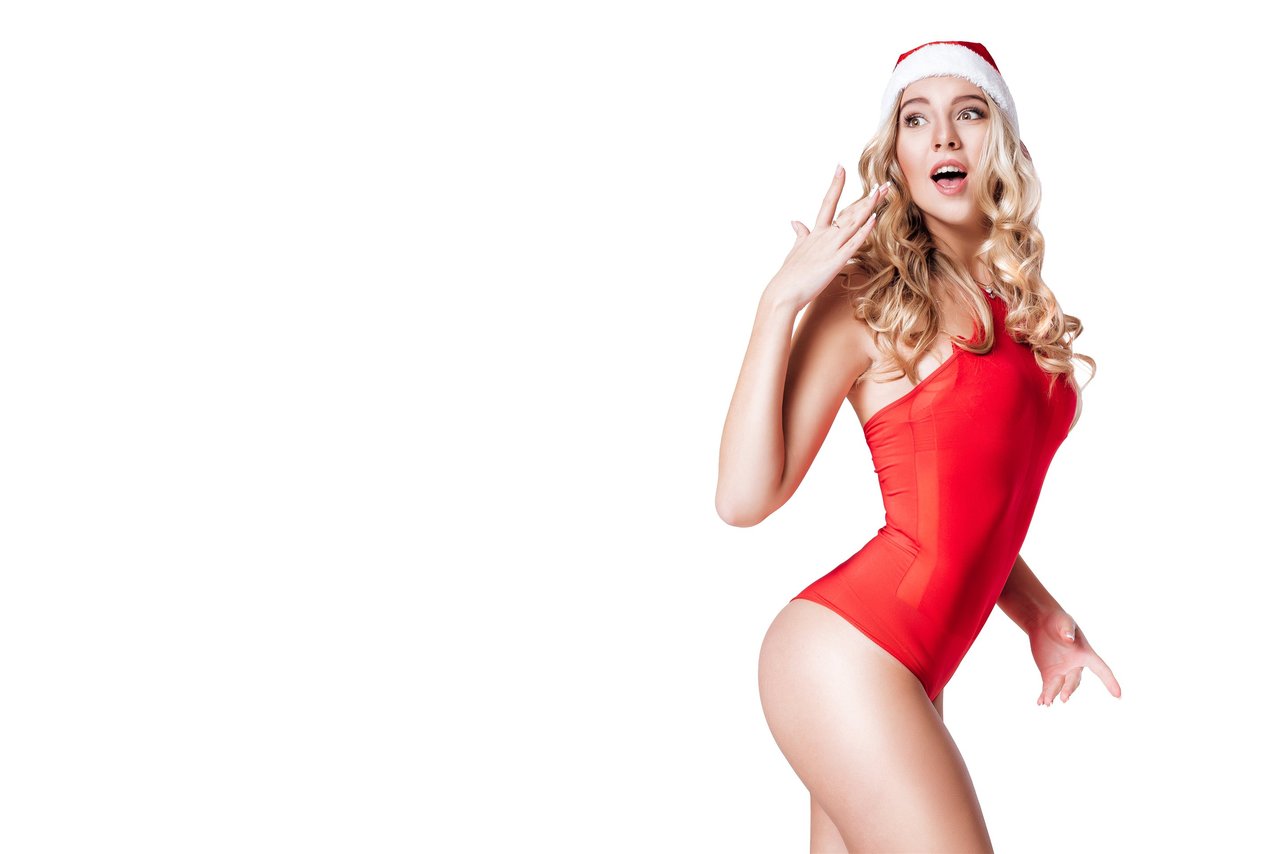What Is Bisexuality? Exploring Definitions, Identity, and Diversity
Bisexuality means being attracted to more than one gender—not just men and women, but all shades that fit between and beyond. In today’s language, bisexual identity isn’t about splitting yourself between categories, or picking a side. It’s about the real possibility your heart or body can connect with people of different genders throughout your life. Bisexuality has nothing to do with confusion or indecision. It doesn’t always look the same—some people notice a quiet spark that surprises them, while others have known they’re bi all their lives. If you’re asking yourself, “am I bisexual?”, you’re already in a long line of people who’ve questioned the same thing, and you’re not alone.
People often confuse bisexuality with pansexuality. While pansexual attraction is about attraction regardless of gender, bisexuality centers on the capacity for romantic or sexual connection to one’s own gender and at least one other. These words mean different things for different people, and there’s room for that. Bisexual attraction can be emotional, romantic, or purely physical—sometimes all three. For example, you might notice butterflies with a same-gender crush, and slow-burn chemistry with another gender. Both count, and both are valid.
It’s easy to feel boxed in by gender norms and labels, but bisexuality is a spectrum. The only thing that matters is your lived experience—who excites you, who comforts you, who makes your thoughts skip a beat. Bisexuality is a valid, proud, and diverse identity inside the broader queer community, as much part of bisexual pride as any flag can show. Being bisexual is not less real than being straight or gay. If you feel seen in parts of this, trust your truth is worth something. There’s no one right way to be bisexual.
Signs of Being Bisexual: How to Recognize the Feelings Within Yourself
Wondering what the actual signs of being bisexual look like in daily life? Most people don’t wake up with an answer tattooed on their soul. For many, it’s a slow unraveling—a pattern of moments and feelings that don’t fit the boxes you’ve been handed. Every story is different, but certain experiences tend to appear over and over. Here are seven common signs people notice while questioning their sexuality:
- Frequent curiosity about same-gender attraction. Maybe you find yourself thinking about intimacy, relationships, or dating people with the same gender as yours, not just as a phase but as a recurring thought.
- Unexpected “bi panic.” Sudden, intense feelings for someone of a different gender than your usual crushes, like a celebrity or someone you meet in real life. It can feel surprising—sometimes even like a mini crisis of identity.
- Romantic dreams and daydreams that cross genders. Does your imagination wander to being close with people regardless of gender presentation? It often comes up when you’re most honest with yourself.
- Enjoyment of bisexual or queer media. If movies, shows, or memes representing bisexuality feel extra comforting or spark joy, that’s a clue this content resonates at a deeper level.
- Confusion in friendships that feel like more. Deep, emotional bonds with friends of all genders sometimes turn confusing—blurred lines between affection and attraction.
- Repeated self-questioning or searching online. The urge to Google “am I bisexual,” take a bisexual quiz, or read bisexual community discussions isn’t random. It’s a sign your mind is trying to make sense of something real inside you.
- Feeling validated by bisexual stories and support groups. Bisexual pride events, flags, and seeing people come out as bi might touch you in a way you didn’t expect.
If a few of these examples feel true for you, it could be worth sitting with these feelings and seeing how they grow or change. Labels can help, but they’re not required or urgent. You get to define yourself on your own timeline—no rush, no guilt. Sometimes, the most powerful answer is simply, “I’m still figuring it out.”
Bisexual Quiz: Self-Check Tools and Resources for Questioning
Checking in with yourself is a sign of courage, not weakness. If you’ve ever typed “am I bisexual” into a search bar or wondered if a bisexual quiz has the answer, you’re part of a huge and curious crowd. These online quizzes are popular for a reason—they help you organize your feelings, spot patterns, and put language to something that’s tough to say out loud.
At Bisexualhookups.org, we know questioning sexuality is both confusing and deeply personal. Our resources don’t give you rigid answers. Instead, they walk with you as you explore sexuality and get honest about your real experiences. Whether you want a quick self-check or to read real stories from bisexual men and women, you’ll find support here.
- Reflective questions that measure attraction across genders.
- Non-judgmental language—so all answers are safe.
- Guided feedback, not a strict “final result.”
- Links to bisexual support groups and lgbtq support resources.
- Easy, private access on mobile or desktop.
Taking a quiz isn’t about putting yourself in a box but about seeing your heart in clearer light. Many people use these tools as a stepping stone, not an end destination. If you need more, discussions and community features are always one click away. Remember: there’s no scorecard for identity, just a big messy map you get to draw yourself.


